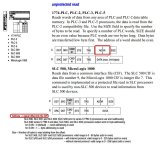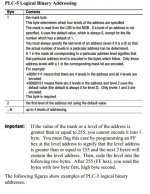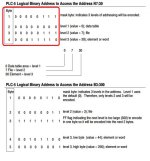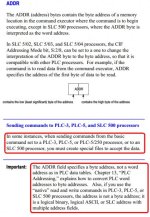laisp
Member
Hello All, I just have a curious question in regards the driver our software developer is working on I have been tasked with figuring out the PLC side of things. Unfortunately I am unable to figured this out from the Manuals.
Could someone please explain to me how to calculate the address field in the screen captures attached? I have no clue how to calculate the address for PLC-5, thank you so much in advance!


Could someone please explain to me how to calculate the address field in the screen captures attached? I have no clue how to calculate the address for PLC-5, thank you so much in advance!







